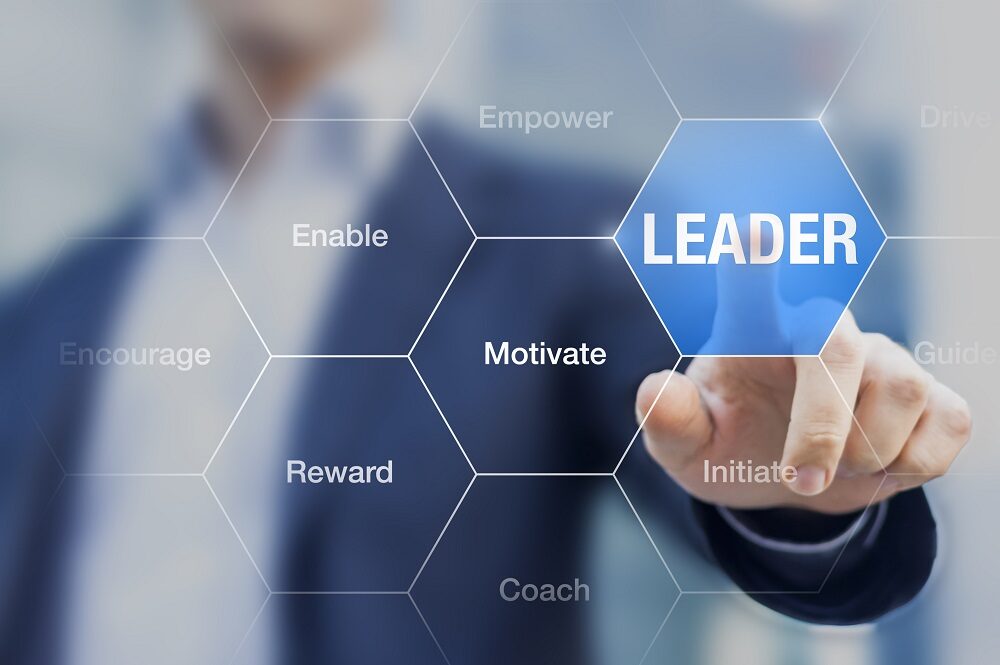Trends in education that promote sustainable change include and are not limited to personalized
learning, mindfulness, digital citizenship, financial literacy, experiential learning, and STEM
curriculum. Those trends cultivate an array of practical and transferable skills rather than just focus
on traditional stagnant ones through isolated subjects such as Math, Science, English Language
Arts, and others. Each of these trends is a revolutionary concept that drives holistic development
which nourishes intellectual, mental, physical, social, and emotional abilities of an individual so
that he or she is capable of facing the demands and challenges of everyday life and in the
professional fields of work.
They better equip the future generation with the transformative skills o problem solving, creativity, critical thinking, collaboration, inquiry, and innovation to meet the challenges in a world where technological transitions and artificial intelligence dominate and lead. Accordingly, change that is sustainable is necessary. An organic well-balanced change that is everlasting is a must to embrace and support the foreseen challenges. Yet, this is only possible if endorsed by well-equipped leaders who empower teachers, involve parents, and engage students. Leadership, strategy, culture, structure, and system are the five pillars required to make successful and sustainable change in any organization. The first pillar is leadership, and in its simplest form, it is influencing other people to follow. Leaders in education have a pivotal role in affecting the climate, environment, and reputation of their school. Leaders play a huge role in supporting change and ensuring success. They are responsible and must have the intellectual capacity, vision, and empathy to influence and empower teachers to lead and support the change process. A leader’s role is to remove obstacles, establish a shared vision, build trust, observe, evaluate, and reflect. When teachers are included in diagnosing and addressing challenges then benefits
from their insights are obtained. Teachers who are engaged in developing improvement models rather than being presented with one commit to making the plan work. Furthermore, it’s the leader’s responsibility to provide teachers with opportunities to leave their silos, collaborate and communicate. For this to happen comes the necessity for continuous professional development in educational practices that contribute to a continually evolving, healthy learning environment in which knowledge is co-created and shared while focusing on the why. Shared leadership gives teachers a voice to be the ambassadors of change. Teachers become partners who influence school wide decisions, inspire their students, and accelerate students’ learning while increasing efficiency, productivity, and collaboration. When teachers are empowered, valued, and given opportunities to develop and grow, then they transfer this energy into their classes and consequently promote collaboration, communication, problem-solving, and inquiry in their lessons
and among their students. To equip students with the necessary skills and competences to think critically and creatively and to transform their learning , all stakeholders should be on board. Leadership being the first pillar of sustainable change should build trust through actions and earn it through interactions to change mindsets and practices. Increasing the capacity and effectiveness of the driving power of the classroom-the teacher should be a priority. When teachers are on board and are advocates of a shared vision, mission, and values then the change becomes sustainable.
Author: Karma Alnaccache



